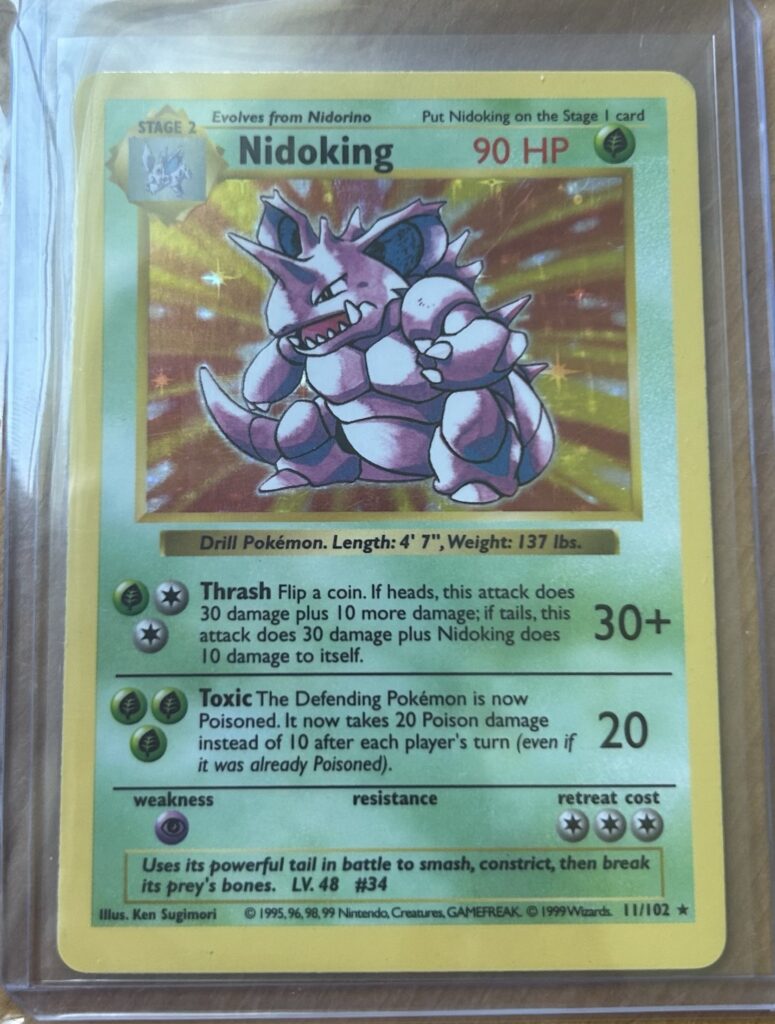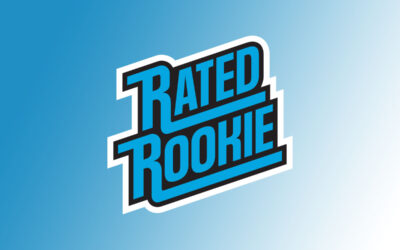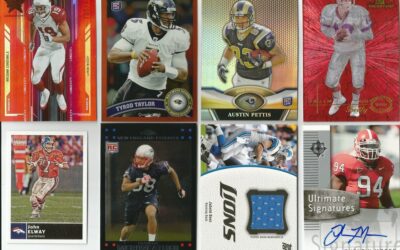Take a deep breath and put the fire extinguisher down. Yes, Base Set Charizard is iconic, and yes, the right copy can sell for a car payment or ten. But for most people digging through a childhood binder, the card in your hand is not an instant five-figure payday. That’s not me being a buzzkill. It’s the math of condition, edition, grading, and a small army of reprints that look close enough to fool a sleepy scroll on your phone at midnight.
This is a friendly myth-buster for anyone who has heard a cousin say Charizard equals retirement money. By the end, you’ll know exactly why some copies fly and others barely jog, how grading shifts prices, and how to spot reprints so you don’t list an Evolutions holo like it’s a 1999 treasure.
Step One: Understand Editions and Print Runs
There are several flavors of the original card, and they do not carry the same market gravity.
– First Edition Base Set: has the small First Edition stamp near the left edge. Scarcer, especially in top condition.
– Shadowless Base Set: no shadow around the art box, lighter ink tone. Printed right after First Edition, before the Unlimited wave.
– Unlimited Base Set: the most common version from the era. Great card, not rare by any stretch relative to the other two.
– 1999–2000 “Fourth Print” UK variant: niche and confusing for beginners, with a 1999–2000 date line.
Collectors pay up for scarcity, and the First Edition and Shadowless runs were simply smaller. That alone does not make them worth 10,000, but it sets the stage if the condition is elite.
Step Two: Condition Is the Tyrant
The harsh truth of cardboard economics is that condition scales value more than almost anything. A well-loved binder Charizard with whitening on the back, a few scuffs on the holo, and soft corners is a far cry from a pack-fresh gem. Raw copies in played condition are fun to own and very sellable, but they are not grail money.
Grading companies translate condition into a number buyers trust. A PSA 10 copy and a PSA 6 copy are the same artwork and the same nostalgia hit, but they live in different zip codes pricewise. Centering, edge and corner wear, holo scratches, print lines, and surface dents all push the grade down, and every step down is real dollars.
If you have a clean raw copy and you are on the fence about grading, take five minutes to inspect it in bright light with a clean microfiber. Look for tiny surface dimples, silvering along the edges, or factory print lines through the holo layer. Those are the silent killers that turn a dream grade into a shrug.
Step Three: Reprints Are Everywhere and They Look Convincing at a Glance
Pokémon loves bringing Charizard back, and so do printers. The 2016 XY Evolutions set famously reimagined the Base Set layout, which is why the internet is full of “I found a 1999 Charizard” posts that are actually Evolutions. Celebrations did it again with a retro twist. There are also theme deck versions, later promos, and various language prints.
Quick tells that your card is not the 1999 Base Set grail you hoped for:
– Copyright and set symbols. Evolutions cards have modern set icons and a different copyright line.
– Holo pattern. Evolutions uses a modern holo foil that looks distinct from the vintage sheet sparkle.
– Card stock and gloss. The feel and sheen of a 1999 sheet versus later prints is different, even if photos hide it.
– Back color tone. Early Wizards of the Coast backs often have a darker, more subdued blue compared to many later prints.
If you are unsure, compare your card to high resolution photos of a known Base Set copy. Side by side, the differences jump out fast.
Grading Changes Everything, but It Is Not a Magic Wand
Sending a Charizard to PSA, BGS, or CGC can be a huge value unlock if the card is truly mint. It can also be an expensive way to confirm it is not. Grading fees, shipping, and turnaround time are the cover charge to enter a market where buyers pay more for certainty. If your copy has visible scratches or edge wear, a slab will not hide that. It will make it official.
On the other hand, high grades compress supply. There are vastly fewer gem copies than mid-grade copies. That supply squeeze is why the price ladders steepen at the top. Even a one grade bump near the top can swing the number in a way that seems irrational until you realize how many people are chasing so few pristine specimens.
Population Reports and Print Defects
Population data from grading companies is a helpful zoom-out. It is not gospel, but it shows how many copies have achieved each grade. If thousands of Charizards sit in the mid grades and a tiny handful reached the top, that scarcity explains price jumps more cleanly than hype ever could. Vintage production also came with quirks: off-center cuts, weak corners right out of the pack, or holo sheet lines that you cannot control. Those factory issues cap many cards before they even leave the booster wrapper.
Market Headlines Can Be Misleading
You have seen the viral sales post. A record price flashes across social media, and suddenly everyone assumes their card is in that league. Context matters. Was the record a First Edition PSA 10 at a premier auction house with two whales in a bidding duel? The number is not a universal price tag. It is one event at one moment for one specific grade and edition.
Day to day, the market is quieter and more rational. Sales ebb and flow with sentiment, the macro economy, and visibility. Big anniversaries, influencer buys, or a blockbuster stream can spike attention. Then it cools. If your copy is an Unlimited raw in lightly played shape, it lives on a different curve from those headlines.
How to Evaluate Your Own Charizard Without Copium or Panic
Run this simple checklist before you decide what to do next.
– Confirm the edition. First Edition stamp, Shadowless traits, or Unlimited shadow around the frame. If none of those, check the copyright line and set icon to rule out reprints like Evolutions.
– Grade with your eyes first. Centering, corners, edges, surface, and holo scratches. If you can see multiple issues without a magnifier, the grade ceiling drops quickly.
– Decide whether grading makes economic sense. Add up fees and realistic turnaround. Then look at recent sale ranges for the exact edition and likely grade. If the math does not clear a reasonable margin, sell raw and move on.
– Be honest about condition calls. Buyers are happier, and you avoid returns, when your description and photos match reality.
Photo and Listing Tips So Your Card Does Not Sit for Months
Clean, well lit photos are a cheat code. Shoot front and back straight on, then add close ups of corners and the holo at an angle to show any surface lines. Use a neutral background and avoid heavy filters. If you know the copy is Shadowless or First Edition, state that clearly and show the stamp or traits. If it is Unlimited, call it what it is. Accuracy builds trust and moves inventory faster than hype words ever will.
For pricing, do not anchor to viral records. Look at a few weeks of comparable sales for your specific edition and condition. Price within that range if you want a fast sale, or slightly above if you are patient. Writing a novel in the description rarely beats a clean title, honest condition notes, and great photos.
But What About Pack-Fresh Finds From Sealed Stashes
It happens, and if you are that lucky person, congrats. Just remember that even pack-fresh does not guarantee a ten. Many vintage sheets carried factory lines or centering issues right out of the wrapper. Open carefully, sleeve immediately, and avoid handling the holo. You get one shot at first contact.
The Role of Nostalgia, Explained Without Marketing Fluff
Charizard’s price floor floats on nostalgia. That will not disappear. The character is generationally famous, and the Base Set artwork is burned into pop culture. Nostalgia keeps demand broad, but nostalgia alone does not mint five figure checks. Collectors still sort by edition, then by grade. The emotional pull gets people to the table. The technical details decide the number on the check.
A Quick Primer on Spotting Real Value Beyond This One Card
The same framework that demystifies Charizard applies across the hobby. Scarcity, condition, grading, and reprint awareness are the core drivers. If you want the full breakdown of how those factors stack and when to lean into grading, read our guide on value drivers here: What Makes a Pokémon Card Valuable? (Beyond Just Rarity)
Final Take
Base Set Charizard absolutely can be a five figure card, but only when edition, condition, and grading line up in your favor. Most copies are wonderful pieces of history with healthy but sane price tags. That is good news. It means you can collect, buy, and sell with clarity instead of chasing screenshots from a record night years ago. Identify the edition, grade the condition with clear eyes, respect the difference a slab can make at the top end, and do not let a reprint trick you into listing the wrong era. Your wallet, and your buyer, will thank you.





0 Comments